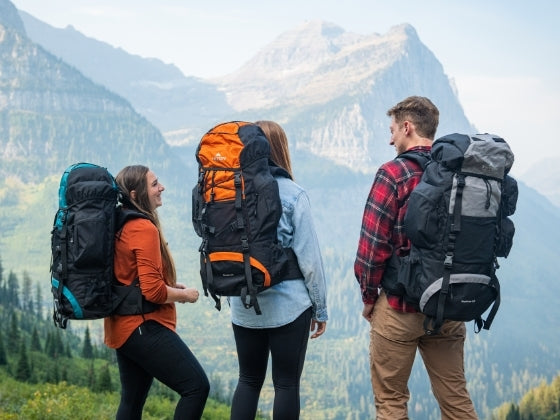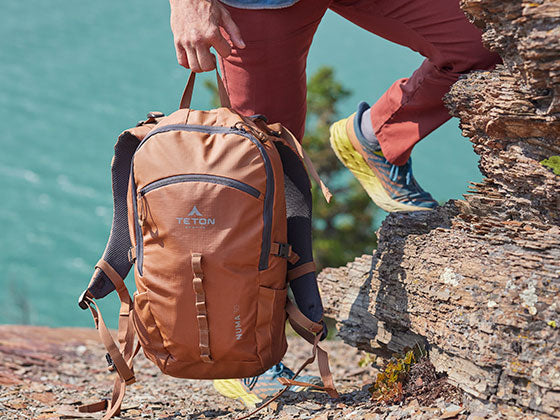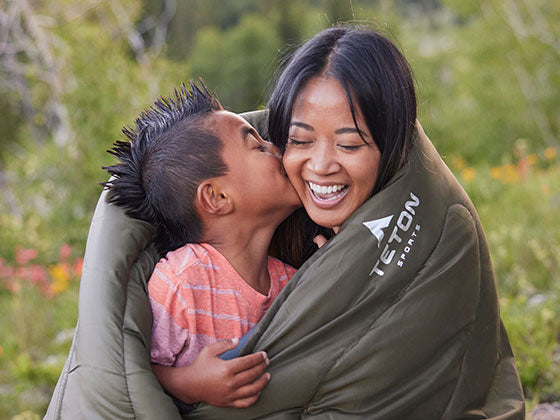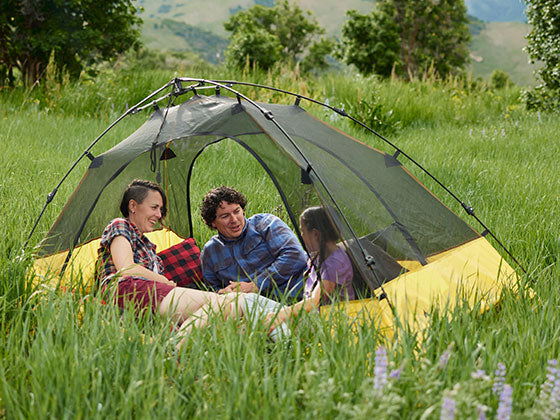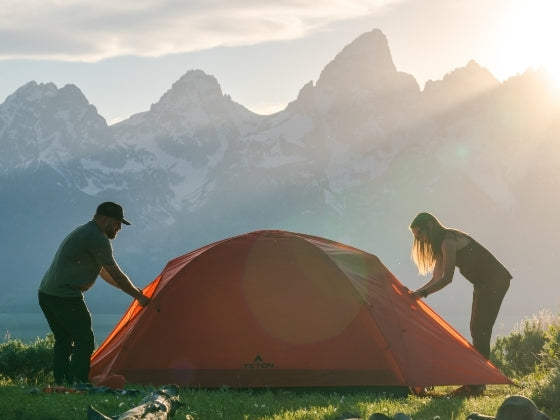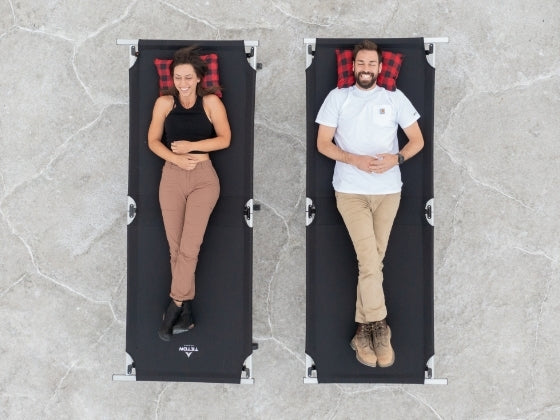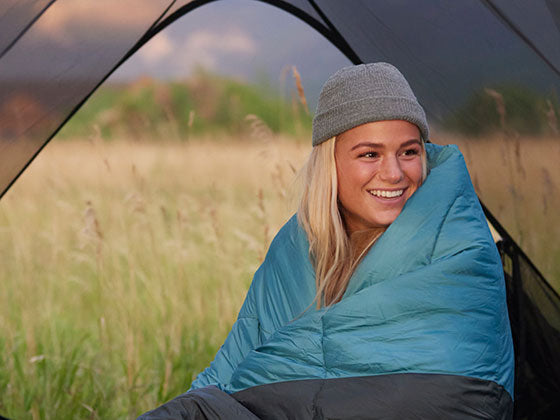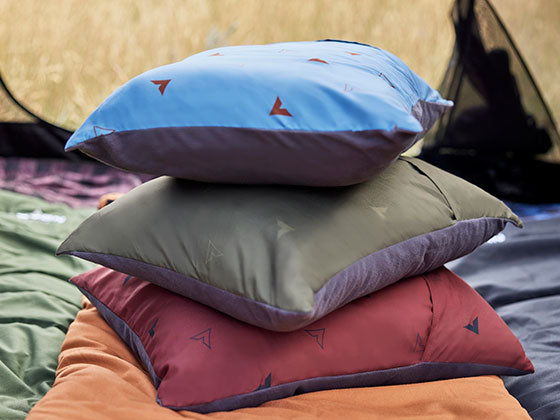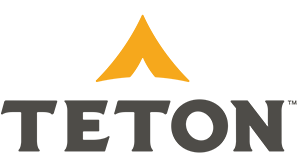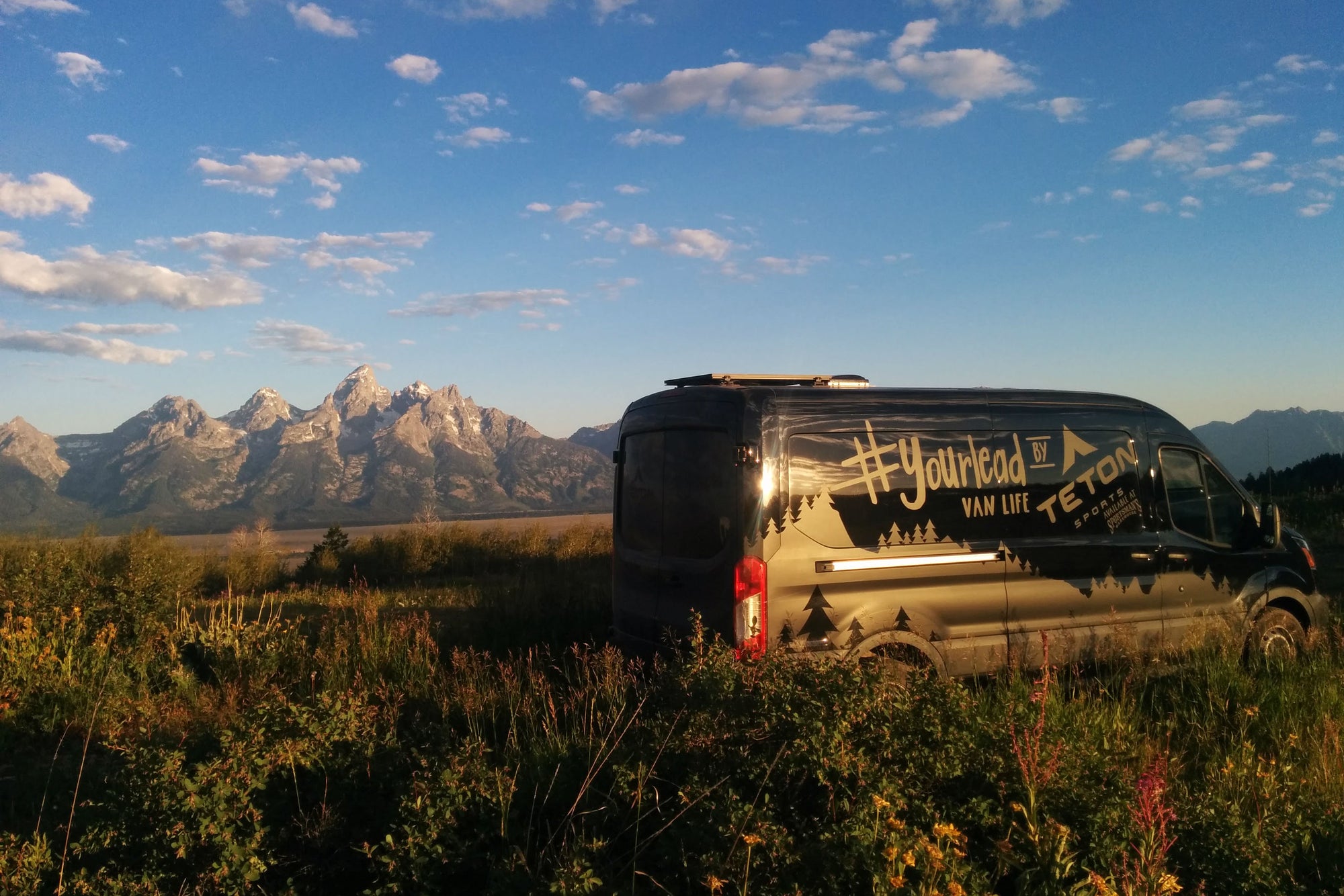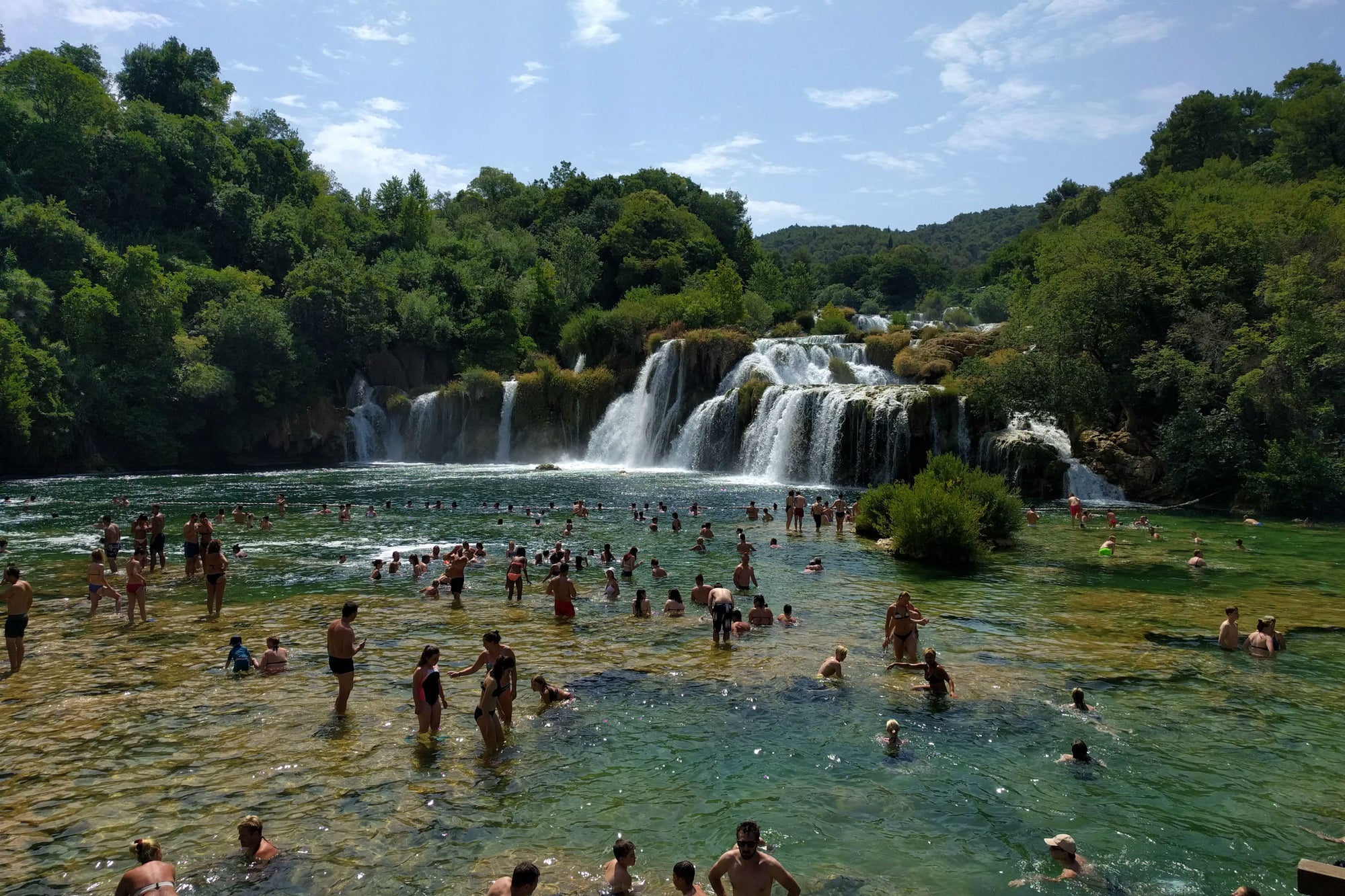We've talked about camping a lot, partly because it's amazing + partly because we spend our work days creating some pretty epic camping gear. However, when you are headed into the wilderness camping is not the only option. There's always RV'ing or #vanlife, but that's not what we're currently stoked on. We've discovered backcountry huts, abandoned mining town cabins + remote yurts!
Full Disclosure:
We're about to start bragging on the amazing options available in the Colorado Rockies, but we promise you'll be able to find stuff like this in nearly every state...or country. Befriend Google + start asking around then plan yourself a trip into the woods, sans tent! If you're looking for an excuse to get out into the wilderness without packing a tent, searching for a flat spot on a mountain side or dealing with rogue weather we have the perfect option for you! These huts, cabins + yurts are pushing into the realm of glamping, or "glamours camping". Luckily, they have a few added challenges + responsibilities so you're allowed to sink into bed knowing you've "earned it".
Betty Bear Hut, one of the 10th Mountain Division Huts near the Continental Divide in Colorado.
The Different Types of Backcountry Buildings
Quite frankly, you can probably use "hut", "yurt" and "cabin" pretty interchangeably without being too wrong. They're all have a lot of similarities, especially when it comes to your backcountry experience in one of them. Each one will get you out into the backwoods + away from cell service, the real reasons we seek them out.
Yurts
In general, the yurts are the smallest of the three. They are a bit more rustic than a cabin or hut simply because their walls are canvas. Most yurts still have propane stove tops, wood stoves + bunk beds along with a food prep area, table + sitting space. With a yurt everything is in the same area without any real division between sleeping + living space. There may not be any electricity available for yurts as they aren't large enough to warrant a solar power set up. Outhouses are often nearby + occasionally shared with other nearby yurts. An example of these yurts would be the Never Summer Nordic Yurts near Walden, CO.
Cabins
Sometimes cabins are smaller than huts, but the biggest difference between a cabin + hut is the amenities. Cabins are bit more luxurious than huts. You'll often find running water, electricity + even outlets to recharge your headlamps or cameras. A cabin often has a kitchen, dining room, living room + bedrooms. This gives you an opportunity to spread out a bit more. Depending upon the cabin you may also have access to an oven + refrigerator or even an indoor bathroom with running water. Wood burning stoves are the primary source of heat. The Cabins in Columbine are a great example of cabins, just north of Steamboat Springs, CO.
Huts
The size of a hut varies a lot, but many are quite large with sleeping space for 20+ people. Like cabins, a hut is divided into different rooms for cooking, eating, relaxing + sleeping. However, unlike cabins, a hut is more rustic. They often have solar power to keep the lights on a night but rarely come with outlets to recharge with. Many have running water, but only cold + rarely potable. You'll want to filter any water you have access to unless told otherwise. The kitchen will have propane burners + a wood stove for cooking. The living areas will also have a wood stove for heat. An outhouse will be available a short walk from the hut. The 10th Mountain Division Huts are popular remote huts located throughout Colorado.
The living area of Betty Bear Hut, a layout that you'll see in many of the 10th Mountain Division Huts.
Getting to Huts, Yurts + Cabins
Depending upon the season, you may have to seriously work for your quiet time in the backcountry. During the summer months many buildings are easily accessed by car as the forest service roads become passable as the snow melts. If you're headed to one of these buildings in the winter be prepared to snowshoe or skin a decent distance on mountain terrain. Be prepared for changing weather, avalanche terrain + a long day of moving forward . However, even in the winter, some backcountry buildings have really easy access. For example, you can park just off the highway then hike a few hundred feet to get to the Addie S Cabin near Silverton, CO. The Cabins in Columbine are also extremely easy to access, with parking available right in front of your cabin.Skiing down to the trailhead from Eiseman Hut near Vail, CO; a 10th Mountain Division Hut known for easy access to backcountry skiing.
Prepping + Packing for a Backcountry Trip
As each type of building is a bit different it's highly recommended you do a little research before you start packing for your trip. Many huts, cabins + yurts can be booked online. The websites often have comprehensive lists of what is provided in each building. If this isn't available, don't hesitate to call or email the people renting out the building. Worst case scenario, over pack! Pack avalanche gear + the 10 essentials if you're headed into the backcountry during the winter months. Beyond this, everything is up for debate. Usually you'll want to pack very similarly to how you'd pack for a backcountry camping trip, just without the tent. Many buildings come with beds, but they don't always have blankets or pillows. You'll also want to adjust your meal plan, knowing you'll have access to propane stoves + an indoor area to cook. One of the best parts about backcountry hut/cabin/yurt trips are the meals. If you're adventuring with a creative group of people the meals can get borderline gourmet. It is strongly recommended you deviate from any light weight cooking your used toThe Loggers Cabin, one of a handful of easy access cabins in Columbine, an abandoned mining town renovated into rent-worthy cabins.
Things to Do While Cabin'ing
A huge perk of any of these tree backcountry buildings is the warmth + comfort of their living spaces. You get to spread out + mingle, rather than spend time smushed into individual tents. Soon after everyone settles in someone will pull out a card game while another person gets to work on whipping up hot chocolate + spiked cider. Many huts and cabins will come with a mini library of books, various card games, random board games + puzzles with *most* of their pieces. Of course, you're in the backcountry so you really should go hiking or snowshoeing, right?! You may have access to rideable terrain in the winter or alpine lakes in the summer. A little pre-trip research will have you excited for all the possibilities. Don't forget to pack along a snow tube or sled if you're headed out in the winter. You'll be amazed at how much childish fun can be found in the backwoods!Snwtubing during the day near Betty Bear Hut while other hut'ers headed uphill for backcountry skiing.
What is your excuse to *not* get yourself set up for a backcountry trip to a hut, cabin or yurt? They're really popular during the winter months in Colorado, but most are available year-round. Start talking to your friends, pick a weekend
